Attachment theory and research seems to be everywhere these days and I routinely hear from clinicians, how do I apply attachment theory to my clinical practice? Having had the immense privilege to train with Dr. Mary Main and Dr. Erik Hesse in the Adult Attachment Interview, and with Dr. Allan Schore, who writes on modern attachment theory and regulation theory, I have spent many years integrating and educating therapists on the application of these teachings to clinical practice. So, in a nutshell (or a blog post), here are some salient ways that I apply attachment theory to clinical practice, specifically working with insecure organized attachment (dismissive and preoccupied) from a Somatic Attachment Psychotherapy orientation.
The Therapeutic Relationship
We know that our relational wiring, established through the early caregiving experiences, fires at pre or unconscious levels of awareness, so, using and making explicit the relational dynamics emerging in the therapeutic relationship can be a potent way to bring relational patterns into the here and now. For clients to feel and identify ways in which their underlying beliefs operate out of awareness, such as: I have to disavow my feelings to protect our relationship; I have to take care of you so you can take care of me; I have to accommodate you to preserve our relationship, I’m too much, I’m not enough, etc., can illuminate potent understanding. In bringing awareness of these relational patterns from the implicit to the explicit, we can process how these patterns of relating emerged in early life, and how they continue to limit what is possible today. With this emergent awareness, folks can make better sense of their life and relational patterns, work toward deeper understanding and compassion for self, and begin disrupting their habituated relational ways as they evolve into more flexible patterns of relating.
Internal Working Models
The internal working models that emerge through early caregiving experiences wires how one understands who they are, how relationships work, and how the world works. We can listen for attachment material that pertains to the IWM such as:
- the distorted self – ex) I am bad, I am unloveable, I am needy – as well as, tracking and attending the protective self-care defences that undermine or persecute the self
- distorted relational understandings – ex) I have to disavow my needs/feelings/wants to maintain our relationship
- distorted understandings of the world – ex) bad things happen when I’m happy, people aren’t safe
As these distortions come to light, we can work to disrupt the fixity or certainty of these beliefs that run at various levels of consciousness, bringing fuller awareness, which in turn, allows for a renegotiation of experience and relating over time.
Affect Regulation
We know that dyadic regulation is necessary to establish self regulation capacity where people can have flexibility in regulating their autonomic nervous system – ANS. One of the hallmarks of insecure attachment is the lack of flexibility in their regulation capacity, meaning that they can have difficulty leaning into co-regulation (think dismissive attachment) or alternatively, lack capacity to regulate their system on their own (think preoccupied attachment). Through the therapeutic relationship, we can offer dyadic regulation to, over time, shift the wiring of the ANS so people are able to increase not only their capacity to regulate, but increase the flexibility in the ways they respond under relational distress. In working to increase one’s regulation capacity, we work with finding safe pathways into the body or felt sense, shifting ANS states, attending and processing relationally, and leaning into organised or coherent self states.
Thinking and Feeling
We can listen for biases toward thinking or not thinking, feeling or not feeling, that will give us some information towards what modes of processing or, said another way, what defences have been utilised to manage early, less than optimal, relational care. In broad generalizations, we can think of preoccupied states of mind as defending against thinking and often having difficulty containing and regulating their intense affect. Alternatively, we can think of dismissive states of mind defending against affect and finding haven the left hemisphere, the intellect.
Given these broad strokes, when I sit with folks with these presentations, I work towards helping them build pathways into the less developed modes of process. In thinking about folks with a more preoccupied state, we work to develop and enhance their witness self so they are able to experience more continuity of self, and story, rather than being hijacked by their intense affect. With more capacity to regulate, and be in contact with the self, they are better able to stay in the here and now, and work to metabolize experience, coming to more truth or clarity about who they are and what they need or want.
In sitting with folks with a more dismissive bias, our work, in part, is about creating enough safety so they are able to access the emotion that is present and defended against. In bringing regulation and relational connection, their stories become less rigid and more emotionally nuanced, opening them to increased understanding of self and context, and more nuanced experience of relating.
Wrapping Up
In writing about the translation of attachment theory to clinical practice, I think one can portray a simplicity to a very complex and nuanced way of seeing and understanding lived experience, and working toward reparation of early relational injuries. The ongoing tracking and attending to attachment material, to what is happening in the relationship, how we as therapist are engaging, and how our own attachment biases are alive, is demanding and beautiful work that continues to challenge our growth and capacity, and offer rich clinical practice.
If your interest in piqued, and you want to know more about my trainings, here’s a link to the Somatic Attachment Psychotherapy training page
